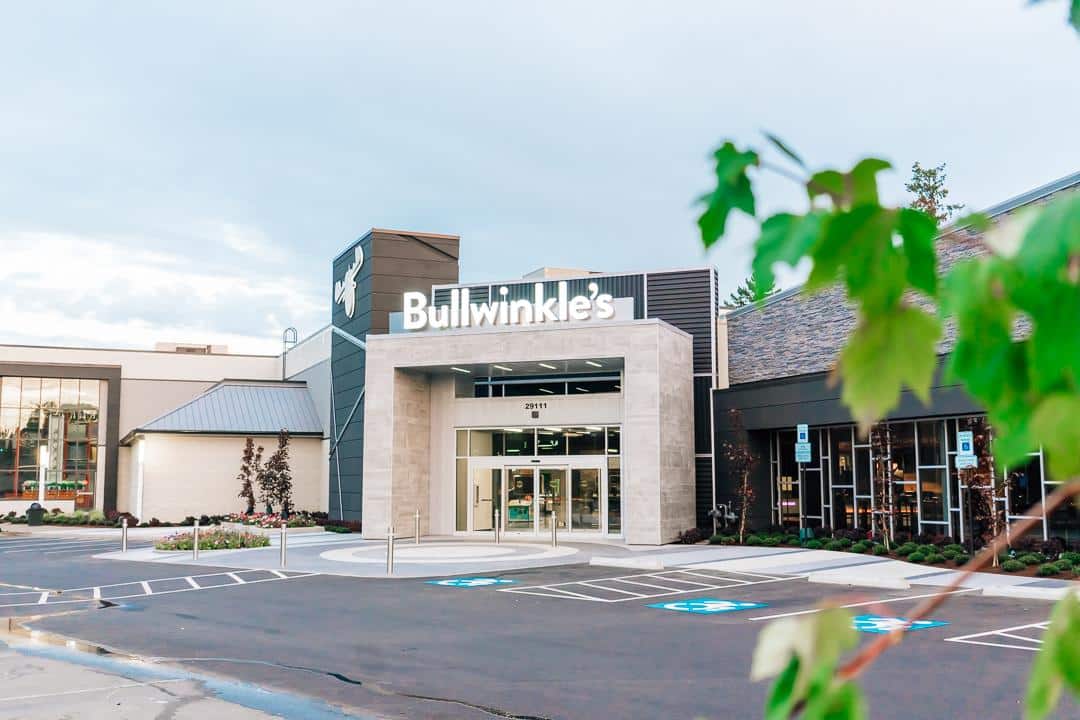Portland Real Estate Market – 15 Years After the Crash

It has now been 15 years since the U.S. housing bubble burst in 2008, and the recession that followed was an unexpected windfall that took the Portland housing market many years to recover from. Ten years later economists were claiming that the economy had rebounded – just as the housing market began to cool down again. However, with the onset of the global pandemic, no one expected the volatile housing market we currently find ourselves in.
Learning from the circumstances that led to a housing bubble in the first place and how the economy has responded since can inform our buying and selling decisions today. In addition, many home buyers currently entering the Portland housing market may not have experienced the market crash firsthand or the fallout from the pandemic. So in this post we’ll reflect on five significant time periods, beginning with when the housing bubble burst, and highlight the key takeaways to reveal where the market has been, where we find ourselves today and where we are headed.
1. Portland Real Estate Market Crash
Most experts agree that the housing market bubble that formed in the United States in the early 2000’s resulted from too many homes being sold to people who couldn’t afford them. For most of the 21st century, the homeownership rate hovered around 65%, but starting in the mid-1990s the number of mortgages being approved increased exponentially, even for buyers who didn’t have the income to keep up with payments. By 2006, 70% of Americans owned a home, and the other thirty percent seemed eager to buy. In most housing markets, competition for a limited number of homes for sale drove prices up to an all-time high. This was simply unsustainable.
In Portland, the peak happened in 2007. Then, on December 30, 2008, the Case–Shiller home price index reported the largest price drop in its history, and — as they did for real estate markets nationwide — Portland home prices started to decline rapidly.
The lowest point for Portland homeowners was in the winter of 2010-11, when the median home value fell to just $200,000, less than half of the current average price according to Realtor.com. Many homeowners found themselves underwater, owing more on their mortgage than their home was actually worth. Homes went into foreclosure or were listed as short sales. New construction ground to a halt, and as the financial crisis spread, many people lost their jobs and their homes.
2. The Big Lull in Portland Real Estate
However, this period in time also saw strong population growth for Oregon overall, and in Portland especially. Between 2009-2012, Portland added nearly 47,000 residents, with annual population growth rates higher than before the bubble burst. Inevitably, high rental prices and simple lack of availability drove people back to the real estate market to buy, not to rent a home.
Still, this time period in Portland was a distinct buyer’s market, and it was difficult to sell a home unless the owner was willing to accept a very low offer. In early 2011, the RMLS reported that Portland had over 11 months of inventory sitting on the market. Homes took months and months – not weeks – to sell. Millennials, delayed by the economic recession, were not buying homes as early as their parents’ generation, and in fact were moving back in with their parents in order to save money while looking for a job. In addition, with tighter mortgage restrictions in effect, buyers were not able to obtain financing as easily as before, even with low mortgage rates maintained by the Federal Reserve.
3. Portland Home Values Skyrocket
After the big lull, there was a surge in Portland home buying activity that drove home prices to historic highs, with incessant bidding wars on highly desirable properties. In 2013, home prices made a 14% jump, the highest increase since before the crash. Inventory fell to 2.5 months by May of that year. As Portland’s desirability and population continued to rocket skyward, millennials finally entered the housing market and were willing to pay more for home ownership in Portland. Many other buyers were pushed out, with no end in sight to the climbing home prices. By spring of 2014, the median sale price for a Portland home exceeded pre-crash levels.
Because the national housing market was still lagging, the Fed kept mortgage rates low, making it fairly easy for anyone with a solid income to purchase a home — if they could come up with a down payment. Meanwhile, rents continued to climb, making Portland an attractive investment market for out-of-state buyers. The feverish pace of Portland home sales — a record low inventory of 1.2 months, total market time falling to 33 days — gained national attention. The increased demand, however, was not being met with an increase in the housing supply, as new home construction still hadn’t picked up. As a result, these years also marked both significant home-value growth and new development in the surrounding suburbs outside of Portland city limits.
4. The Portland Real Estate Market Cools
With high home prices, declining population growth, and increasing interest rates, the Portland real estate market went into a cooling state. Buyer activity was nearly 20% lower than it had been in 2016 – which was by far the most frenzied and profitable year in the Portland housing market. Luxury homes over $800,000 saw significant price declines in 2018 and so did the entire condo market priced over $500,000. These two – condos and luxury properties – are the canary birds of the real estate industry, with their faltering signaling a decline for the entire market. Regular single family homes under $500,000 still appreciated in 2019, but more and more of the market started to level off. By 2020, even the hottest areas for real estate began to cool down.
5. The Portland Real Estate Market During the Pandemic
In early 2020 as the global pandemic took hold, the Portland real estate market took a pause along with the rest of the economy. In an attempt to offset what was happening financially on the global scale, the Fed kept kept interest rates incredibly low. In turn, this led to an increase in home buyers purchasing homes, and subsequently driving up home prices. However, the price increases did not deter buyers, and instead the previously anticipated cooling market became even hotter. This of course worked in favor of sellers, while buyers found themselves in bidding wars over houses. While home prices escalated, the increase in buying power fueled by low interest rates led to a decrease in the home inventory available to buyers. Houses that would normally sell at their list price were now selling for $50,000 to $100,000 more. In attempts to win a house, buyers were waiving contingencies, including inspections, appraisals, or even both.
6. The Portland Real Estate Market in 2023 and Beyond
The market started to slow back down in late 2022, and in 2023, we find ourselves in an extreme cooling state with fewer new listings and overall home sales than during this time period last year. This is the result of a combination of a number of factors, including rising interest rates, increased home prices, and a decline in inventory, among others. While we are currently in a cooler market compared with previous years, many are expecting the market to rebound in 2024.
Ready to Buy or Sell a Home in Portland?
I’ve been selling homes since 2003 in the greater Portland metro area and have seen a lot in that time. Currently my team is over 2,000 home sales. We know the past and we forecast the future. If you have any real estate questions, we’d love to help! Contact our top 1% Portland area seller’s agents at 503-714-1111 to get started. And if you’re looking to buy a new home, our top 1% buyer’s agents are here to help you search for and negotiate the best deal on your dream home. Call 503-773-0000 to make an appointment today!


